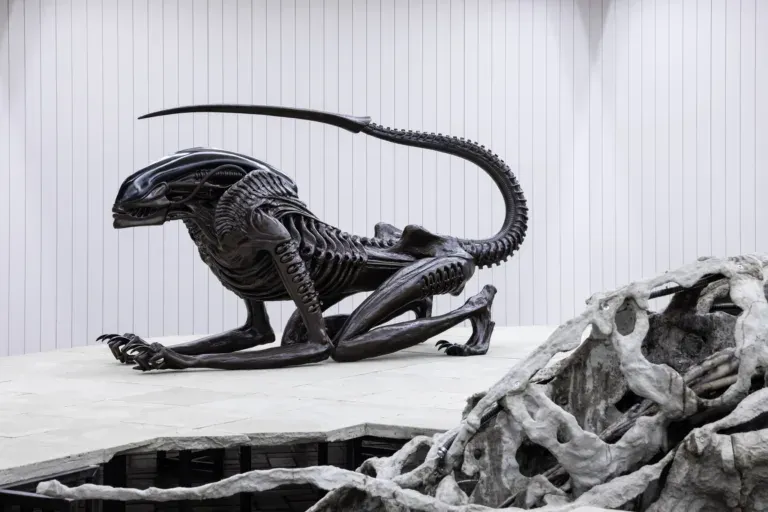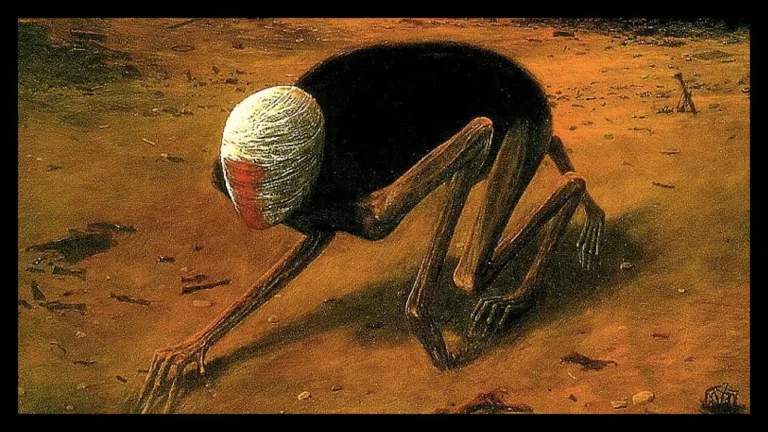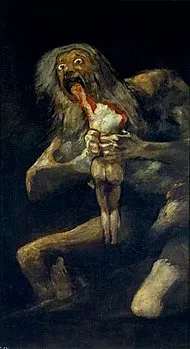Khalil Chishtee: They’re Just Bags
The Abandoned Plastic Bag Sculptures of Khalil Chishtee: Art, Waste, and Social Reflection
 Introduction
Introduction
In contemporary times, art often serves as a mirror of society, reflecting its complexities, contradictions, and hopes. Among the artists who have interpreted this role in an innovative and provocative manner, Khalil Chishtee stands out for his sculptures made from abandoned plastic bags. These works not only challenge artistic conventions but also raise important ecological and social questions.
The Artist: Khalil Chishtee
Khalil Chishtee, born in Pakistan, is an artist who has earned a prominent place in the contemporary art scene thanks to his ability to transform everyday and often overlooked materials into significant works of art. With a background in traditional sculpture, Chishtee began exploring the use of unconventional materials throughout his career, finding abandoned plastic bags to be a perfect medium for expressing his vision.
 The Creative Process
The Creative Process
Chishtee’s creative process is as intriguing as his finished works. He collects used plastic bags, often found on the streets and in trash, giving them a new life through art. Plastic, a material synonymous with pollution and environmental degradation, is transformed into sculptures that tell stories of resilience, human fragility, and the transitory nature of our existence.
Chishtee employs a modeling technique that combines assembly, melting, and manipulation of plastic bags. This methodology allows him to create human and abstract figures that seem to float in space, conveying a sense of lightness and precariousness.
Themes and Significance
Chishtee’s sculptures address a range of complex and profound themes. Among these, the following stand out:
- Ecology and Sustainability: By using waste materials, Chishtee highlights the enormous issue of plastic waste that plagues our planet. His works serve as a visual warning of the impact of pollution and the need to find sustainable solutions.
- Human Resilience: Many of his sculptures depict human figures in poses that evoke strength and vulnerability. These works reflect the human condition, the struggle for survival, and the ability to adapt in an ever-evolving world.
- Impermanence: Chishtee’s sculptures, despite being made from a durable material like plastic, convey a sense of temporariness. This paradox illuminates the ephemeral nature of life and human experiences, contrasted by the persistence of plastic waste in the environment.
- Social Critique: His works invite viewers to reflect on social inequalities and the living conditions of people on the margins of society. The choice of discarded materials symbolizes these often forgotten and neglected lives.
 Impact and Recognition
Impact and Recognition
Chishtee’s sculptures have captured the attention of both the public and international critics. His works have been exhibited in numerous galleries and museums around the world, receiving praise for their originality and powerful message. Chishtee has been able to create a dialogue between art and audience, fostering greater awareness and reflection on environmental and social issues.
Conclusion
Khalil Chishtee’s abandoned plastic bag sculptures represent a brilliant example of how art can transform ordinary materials into vehicles of extraordinary expression. Through his work, Chishtee invites us to look beyond the appearance of waste and recognize the intrinsic value of everything and everyone. In an increasingly consumption-driven and wasteful world, Chishtee’s works offer a moment of critical reflection and hope, demonstrating that beauty and meaning can emerge even from the most unexpected materials.

Subscribe to our YouTube channel

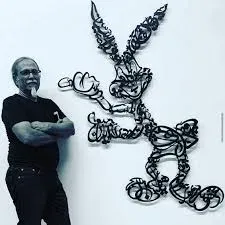 Introduction
Introduction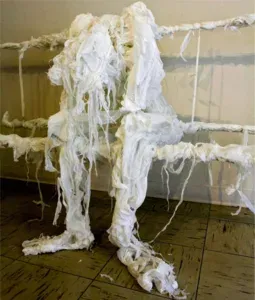 The Creative Process
The Creative Process Impact and Recognition
Impact and Recognition